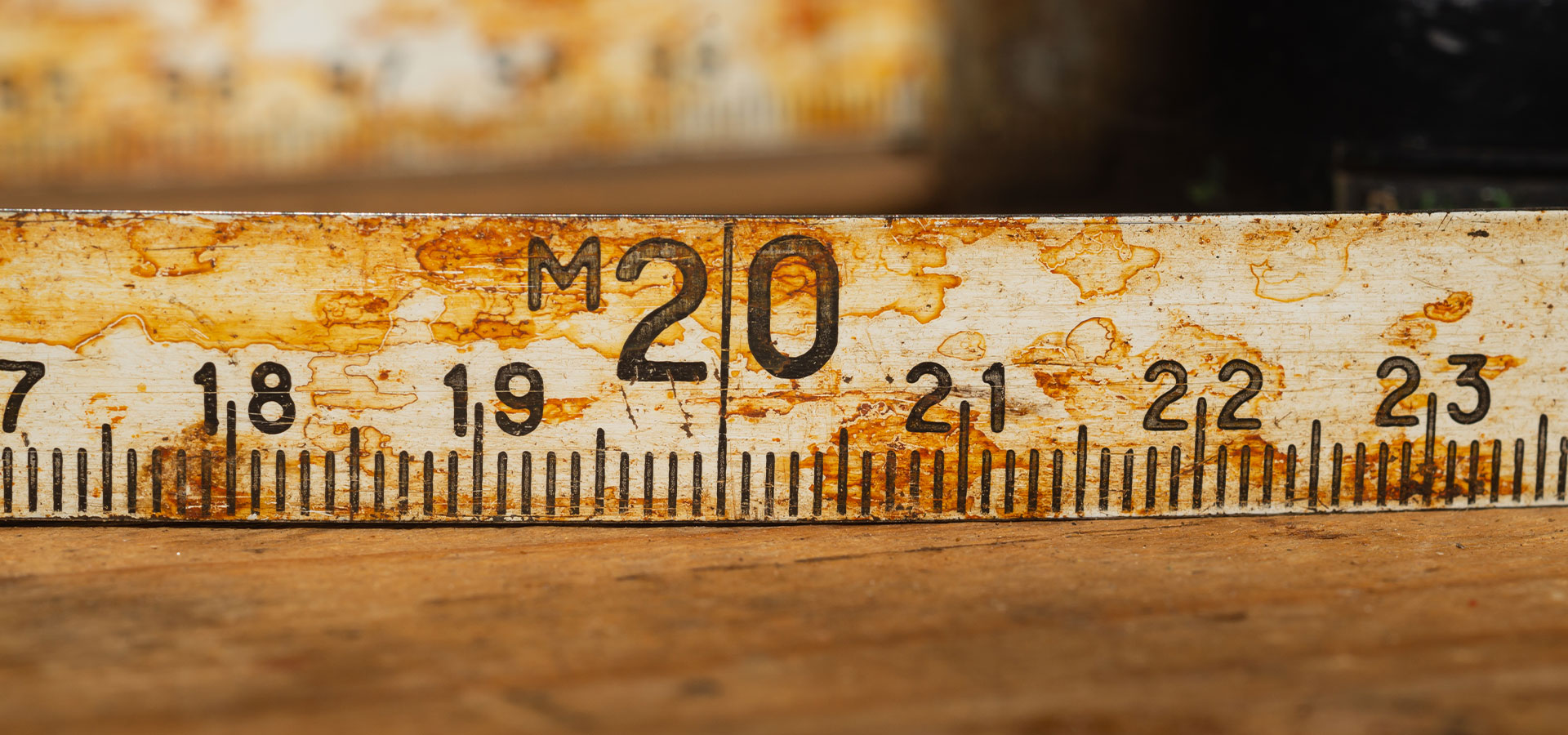In the world of tools, one item stands out as both humble and indispensable: the tape measure. This unassuming tool, often found in the toolbox of carpenters, builders, and even everyday DIY enthusiasts, has a rich history dating back nearly two centuries. Join us as we unravel the fascinating journey of the tape measure from its early origins to the modern, reliable tool we know today.
The Early Beginnings
The tape measure, as we know it, didn’t always exist. Before its invention, people relied on less precise means to measure lengths and distances. In the 19th century, the world was in need of a better solution, and that’s when this ingenious tool made its debut.
The Birth of the Tape Measure
The first tape measure, as we understand it today, was patented in 1829. This monumental invention featured a spring-loaded flat metal strip adorned with markings for measuring. James Chesterman, a talented British metalworker, is credited with this innovative design. Interestingly, these early tape measures weren’t initially intended for construction or DIY work.
A Fashionable Beginning
Before becoming a tool of the trades, tape measures had a unique role in the fashion world. In the early 19th century, women’s fashion often featured large hoop skirts. Metal strips from discarded hoop skirts were repurposed into the first tape measures. They were used by tailors and dressmakers to create well-fitted garments, bringing precision to the art of tailoring.
From Fashion to Function
As time went on, the tape measure’s potential as a versatile tool became evident. Its ease of use, portability, and ability to provide accurate measurements quickly captured the attention of builders, carpenters, and craftsmen. The tape measure transitioned from the world of fashion into the world of construction and trades.
Evolution and Modernization
Over the years, tape measures underwent various improvements. Innovations like self-retracting mechanisms, metric measurements, and longer lengths were introduced to meet the demands of evolving construction practices. Today, tape measures are available in various lengths and materials, but they all serve the same fundamental purpose: precise measurement.
Conclusion
The tape measure may seem like a simple tool, but its history is far from mundane. From its origins as a fashionable accessory to its pivotal role in construction and DIY projects, the tape measure has come a long way. Its story is a testament to human ingenuity, showcasing how a basic necessity can evolve into an essential tool that helps build our world, one measurement at a time. So, the next time you reach for a tape measure, remember the fascinating journey it has taken to become the trusted tool in your toolbox.
Click here to learn more about our new “How to read a measuring tape and units of measurement” course.
